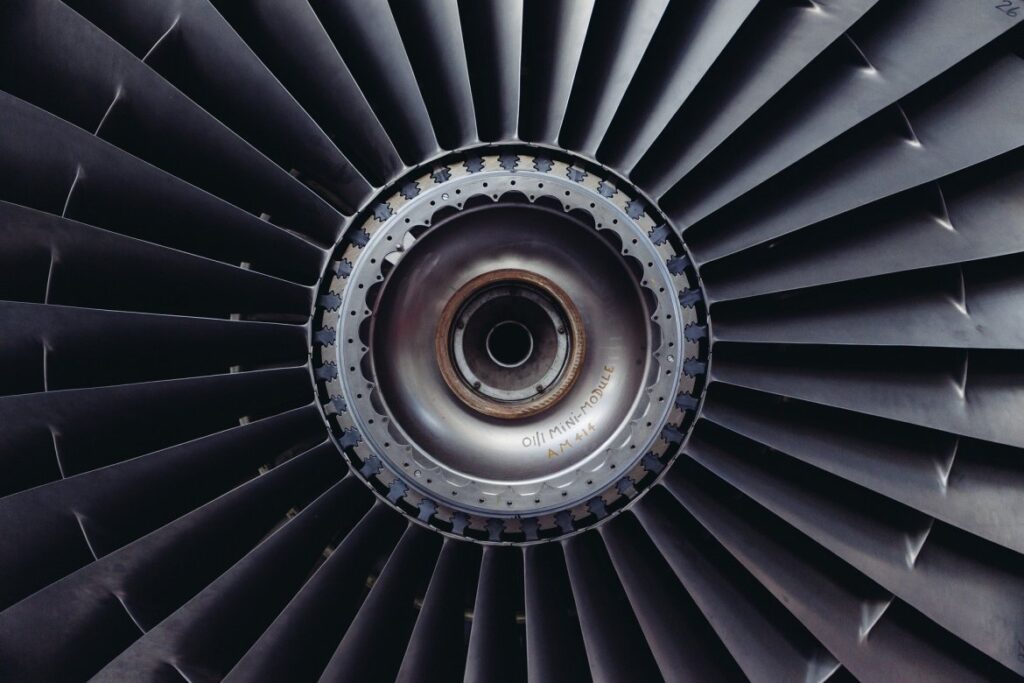It may sound like something out of a tech seminar, but blockchain is already changing aviation by improving security, reducing costs and streamlining operations.
How is blockchain changing aviation?
A good example is the European Union Aviation Safety Agency’s (EASA) VIRTUA project, which ended in September 2024. This project investigated how blockchain could track aircraft parts from their manufacturing until they are decommissioned. This helps ensure that no counterfeit parts enter the system and that airlines can comply with strict regulations.
GE Aviation is also exploring the benefits of blockchain. They developed a system that records every part of the engine and tracks where and how the parts were used. This allows used parts to be sold, speeds up repairs and ensures that only genuine parts enter aircraft.
GE Aviation blockchain expert David Havera explained:
“Blockchain generates up to 50% higher residual value for used spare parts, faster resale process, easy portability and improved productivity for asset transfers. »
So far, this has saved them millions of dollars and resolved significant supply chain issues.

Looking to the future
Airlines are currently exploring how they could use blockchain to securely store passenger information to make check-ins faster and more secure. It could also help manage loyalty programs or make freight tracking more reliable.
There are, however, some challenges. Blockchain systems must handle huge amounts of data and work well with legacy technologies already in place. Privacy is another issue, especially when it comes to personal passenger data. However, early successes show that these problems can be solved.
For passengers, this technology could mean safer flights, fewer delays and a smoother travel experience. It’s still early, but blockchain has the potential to make flying easier and safer for everyone.

